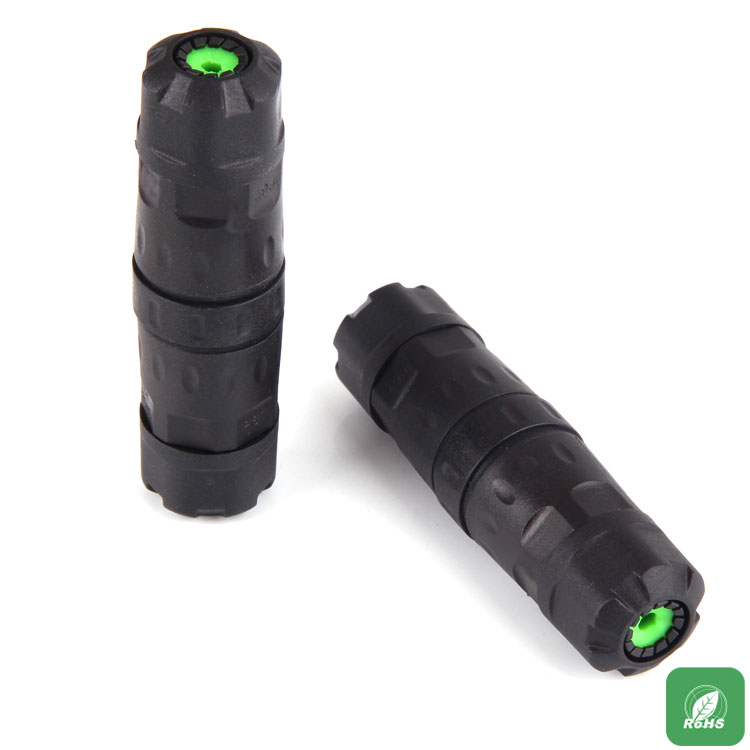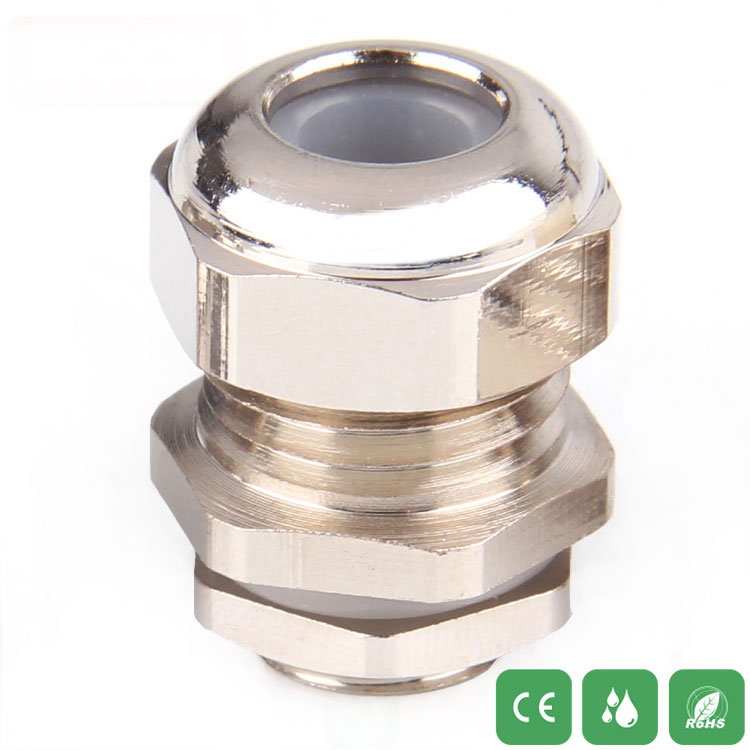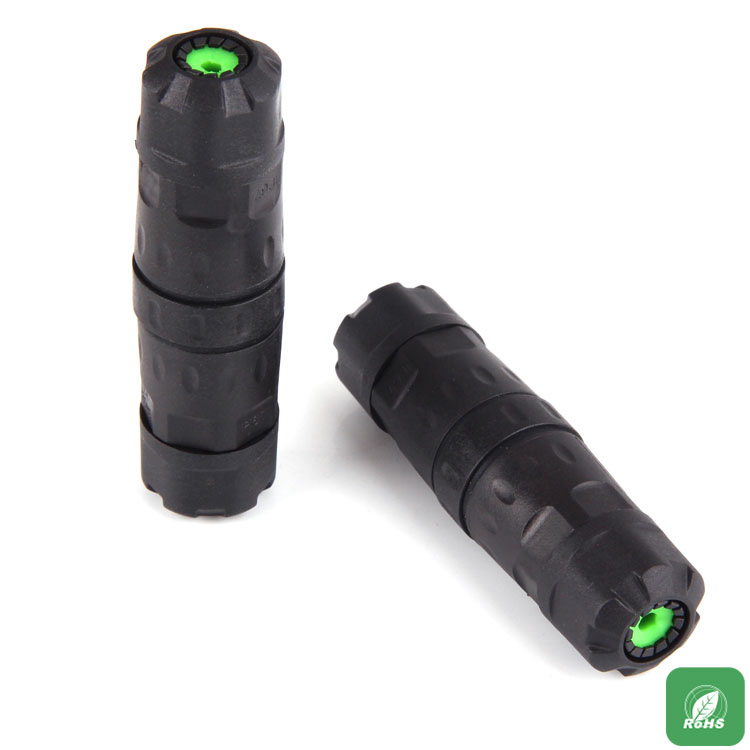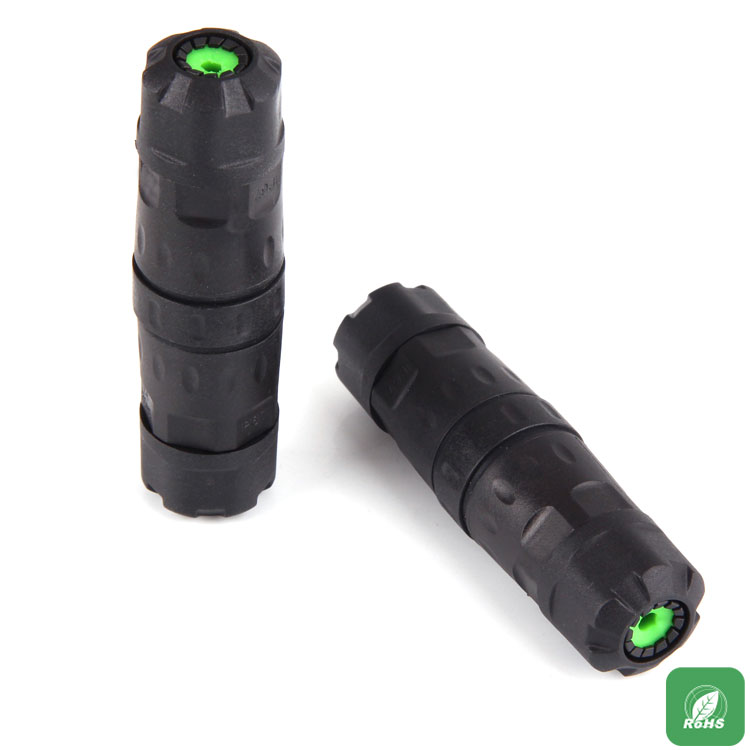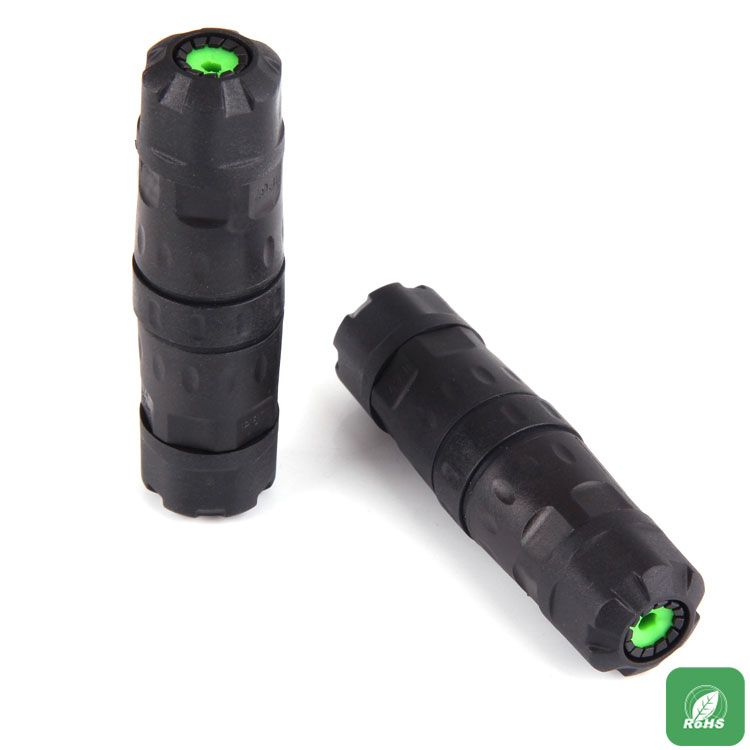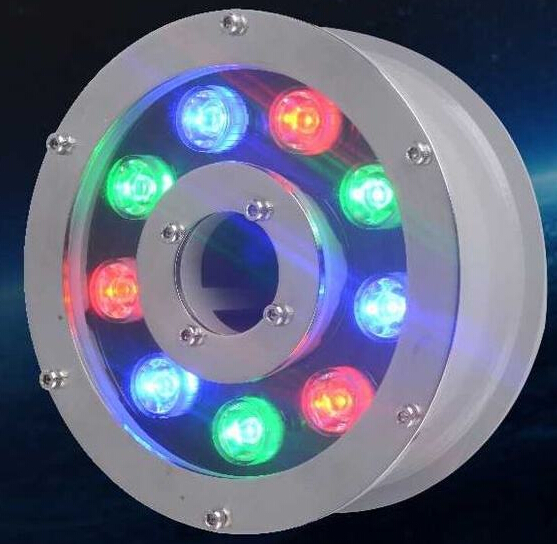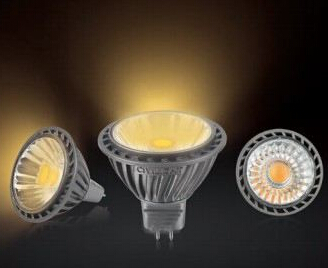What are the examples of LEDs for industrial lighting?
Industrial facilities have a wide range of applications that require different lighting standards depending on the needs of a particular space.
For example, in warehouses and distribution centers. These spaces require a variety of light distribution fixtures to evenly illuminate a common large area while providing good vertical candlelight in the aisles of high shelves.
For example at a manufacturing plant. These spaces require precise optical controls to improve visibility and safety, and minimize maintenance work. At the same time, manufacturing plants also need durable lamps to withstand more complex and harsher environments.
For example in food processing and cold rooms. These spaces must meet stringent regulatory requirements. Luminaires must be airtight, moisture resistant, and provide maximum light output.
LED lamps can meet these standards, provide higher quality lighting and higher aesthetics, without the disadvantages of traditional high-output lamps.
What are the main advantages of LEDs for industrial lighting?
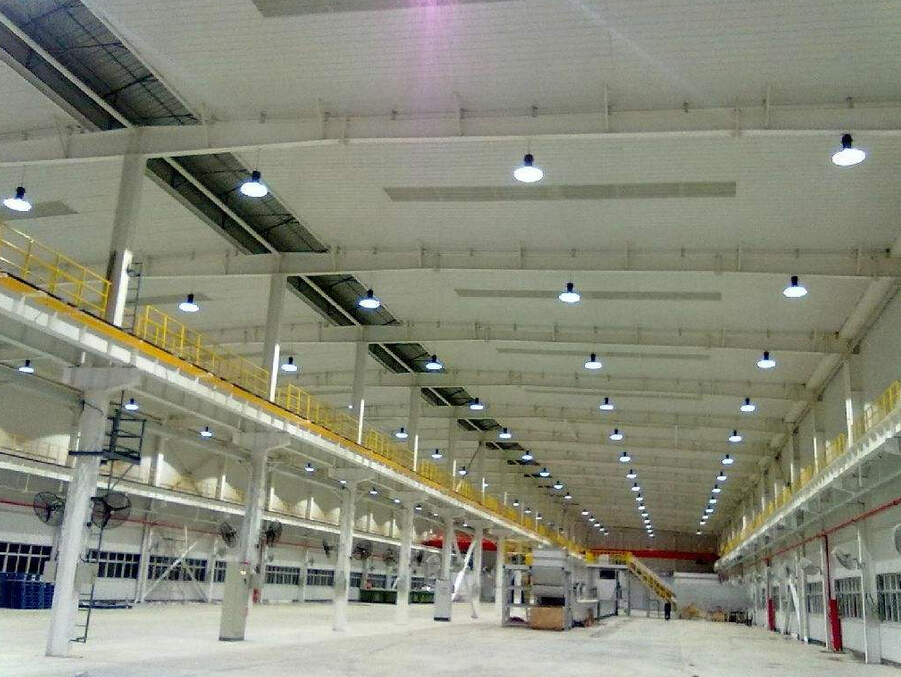
1. Reduce energy costs. Compared with HID lamps and fluorescent lamps, LEDs consume less energy. Most industrial facilities have large spaces and high ceilings, whereas previous technologies required high wattages to meet the high lumen output required. But today, high-efficiency LED solutions can provide the required light output at less than half the energy of conventional lighting.
2. Reduce maintenance costs. LEDs can currently provide four times more life than traditional lighting, and lumen maintenance is also improved. This reduces the associated maintenance costs for replacement lamps and creates a safer, brighter environment.
3. Controllable lighting. Unlike HID and other technologies, LEDs are inherently compatible with control and achieve greater energy savings through daylight conditioning controls.
What factors need to be considered before the factory lighting decides to use LED?
1. Check the current lighting device's appearance and lumen output. In most cases, installing an LED fixture that is similar to that of the previous fixture will shorten the installation time and speed up the return on investment.
2. The number of lumens should be considered less. Compared with lamps using traditional technology, the optical performance of LED lamps tends to increase. In some applications, some fixtures require less lumens than existing fixtures to achieve the desired light level.
3. Understand the regulations. When replacing traditional fixtures, local regulations may require energy conservation and increased lighting control. In addition, many places offer incentives to offset some of the initial costs.
















 RCCN WeChat QrCode
RCCN WeChat QrCode Mobile WebSite
Mobile WebSite